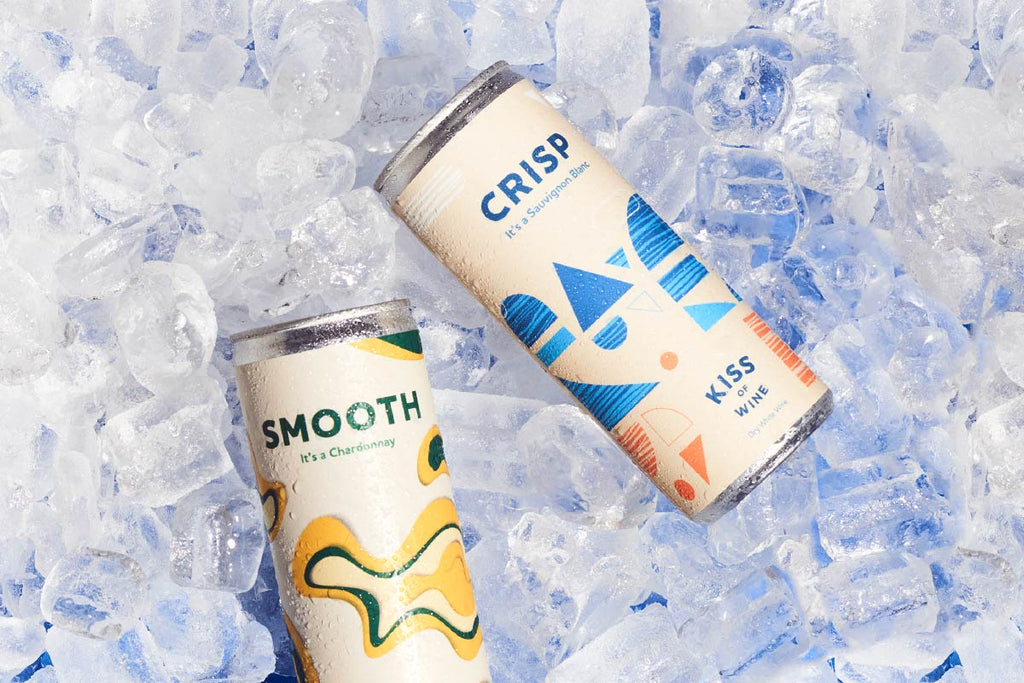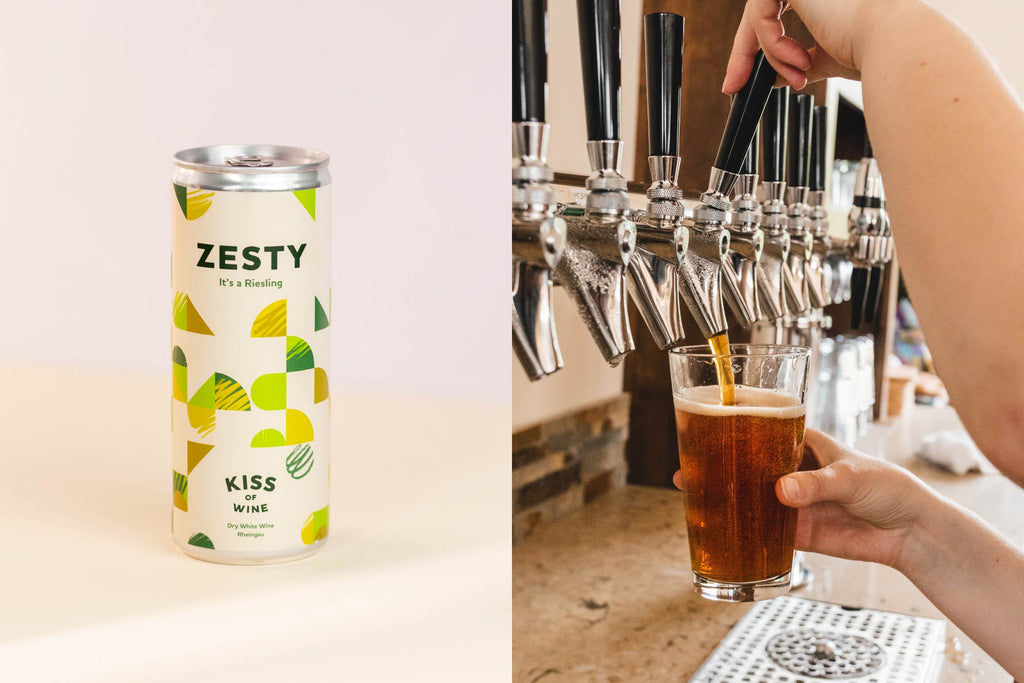Grape skins and winemaking: how important are they?

Carly Merrett
Kiss of wine
What do grape skins do, and how does it affect wine?
Grape skins — thankfully, they don’t appear at the bottom of your wine glass. However, have you considered what role they actually play in winemaking? It turns out, they’re pretty darn important in the winemaking process!
Despite the clean finish of most conventional wines, grape skins play a significant role in defining the best parts of your favourite wines. Yes, every single one. How wine looks, tastes, smells and finishes largely depends on how much contact the grape juice has with its skins. And, well, that sounds pretty essential if you ask me.
So, here’s the rundown of how exactly grape skins matter for each style of wine!
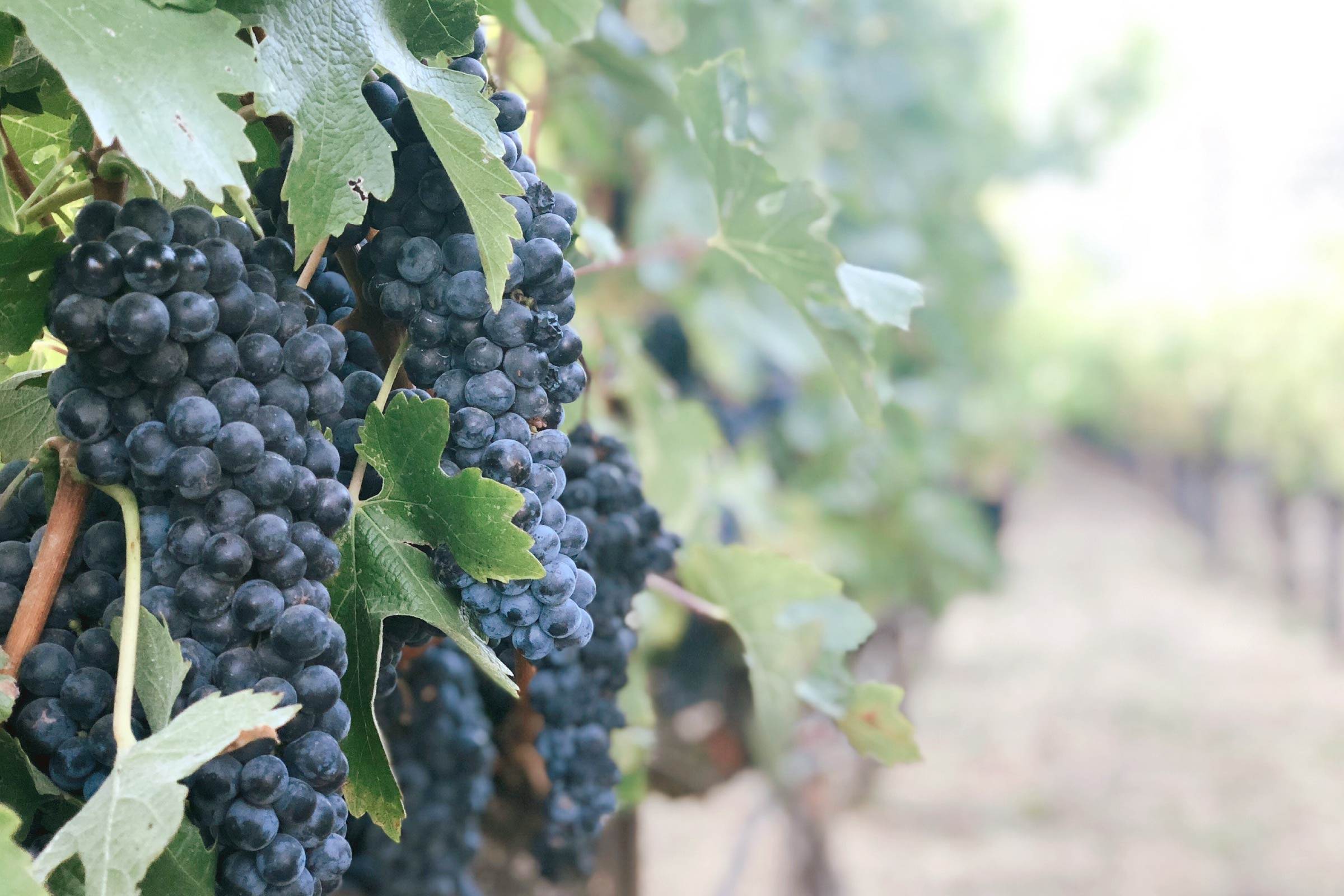
Red wine

Rosé WINE
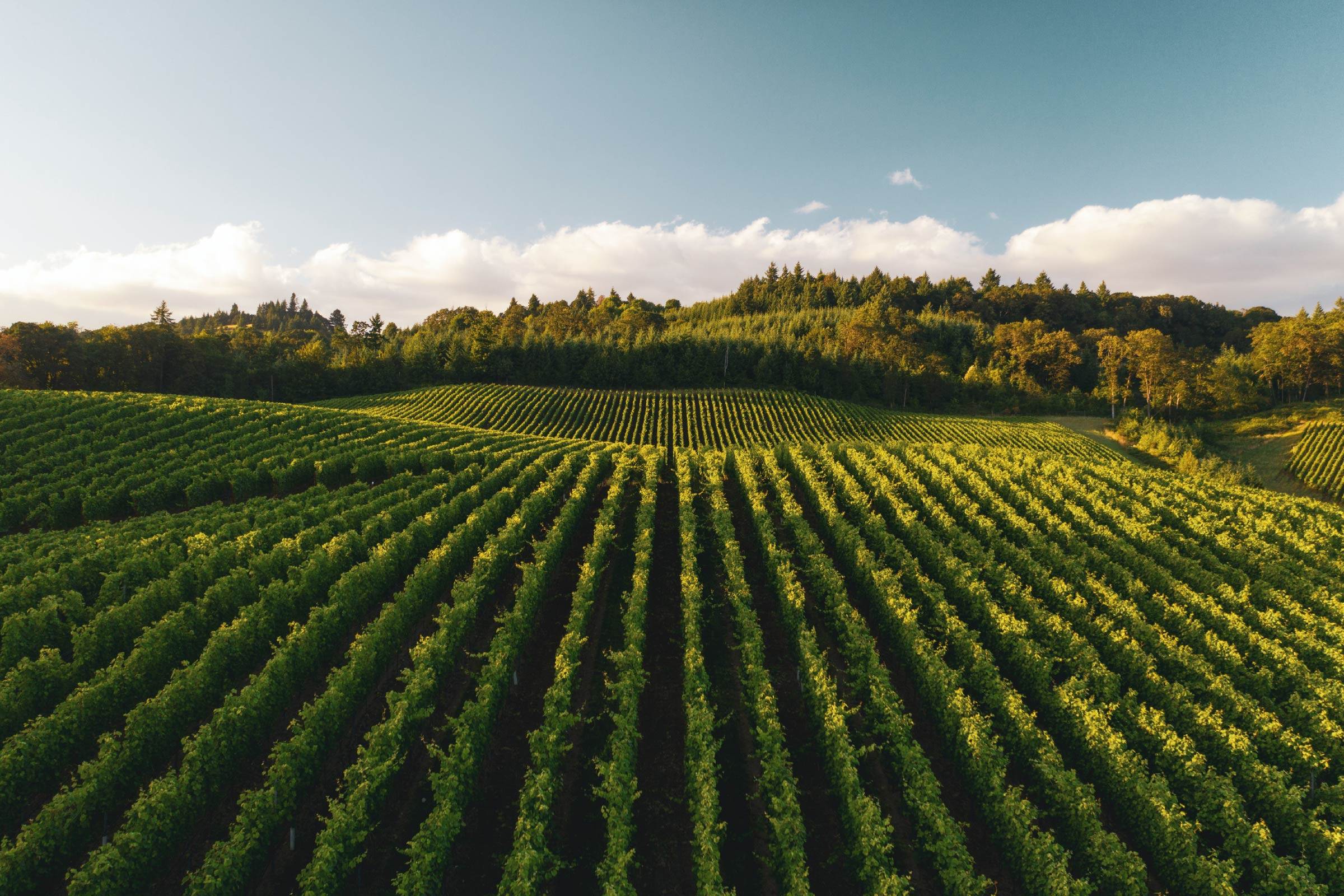
White wine
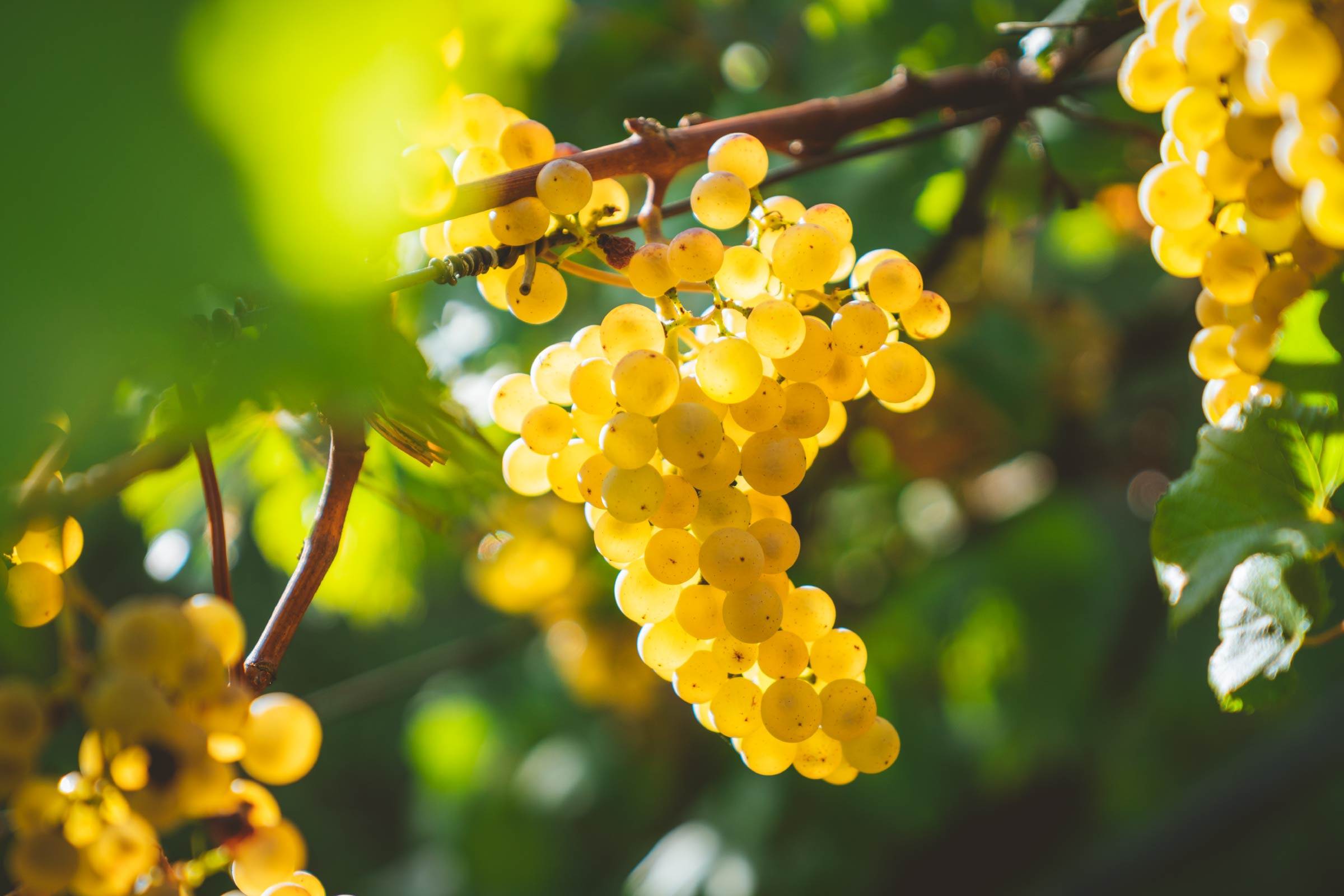
Orange wine
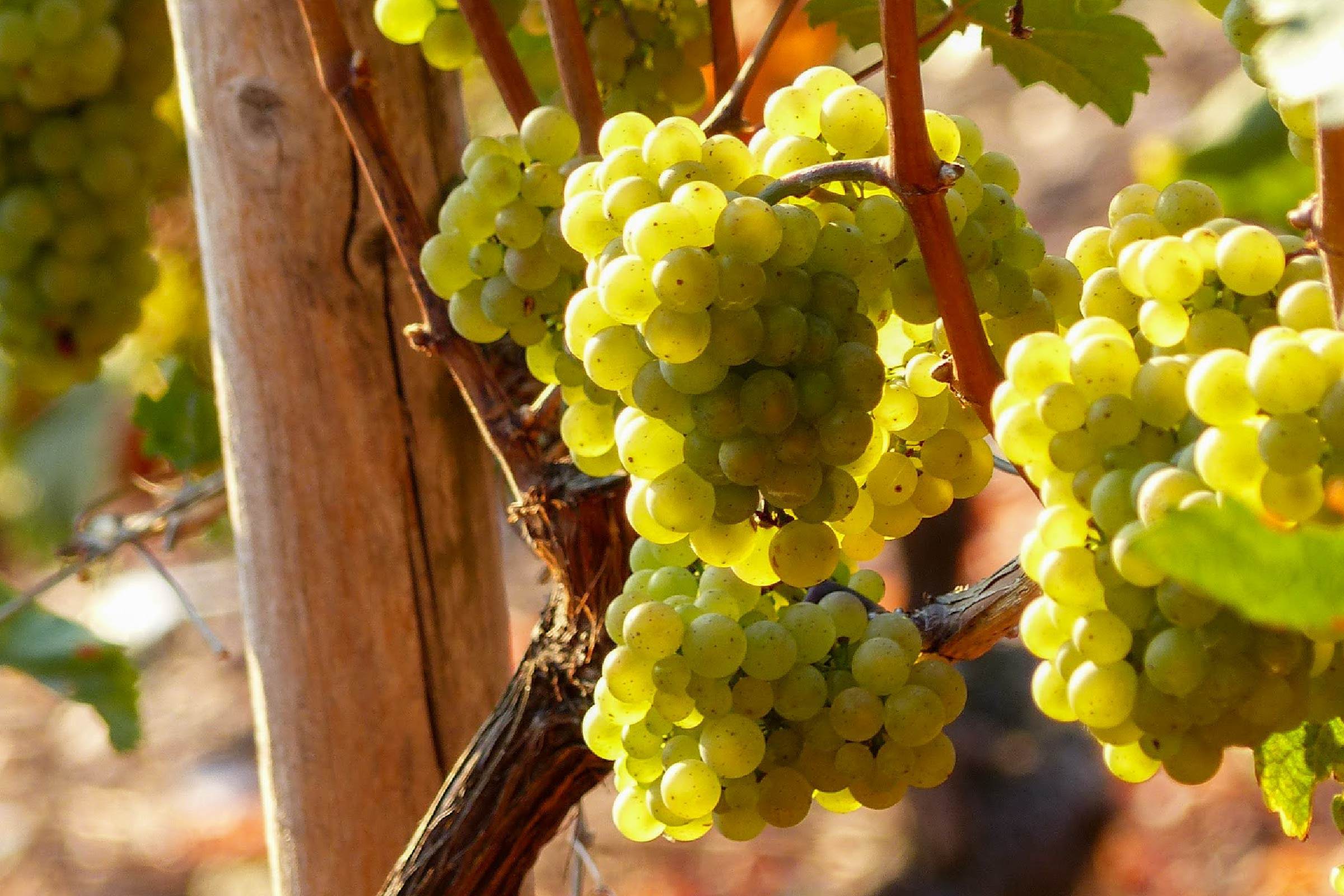
Wrap Up
Have you heard the buzz around natural wine? If you’d like to learn more about styles of wine or want to get some info on other winemaking techniques, check out our post here.




